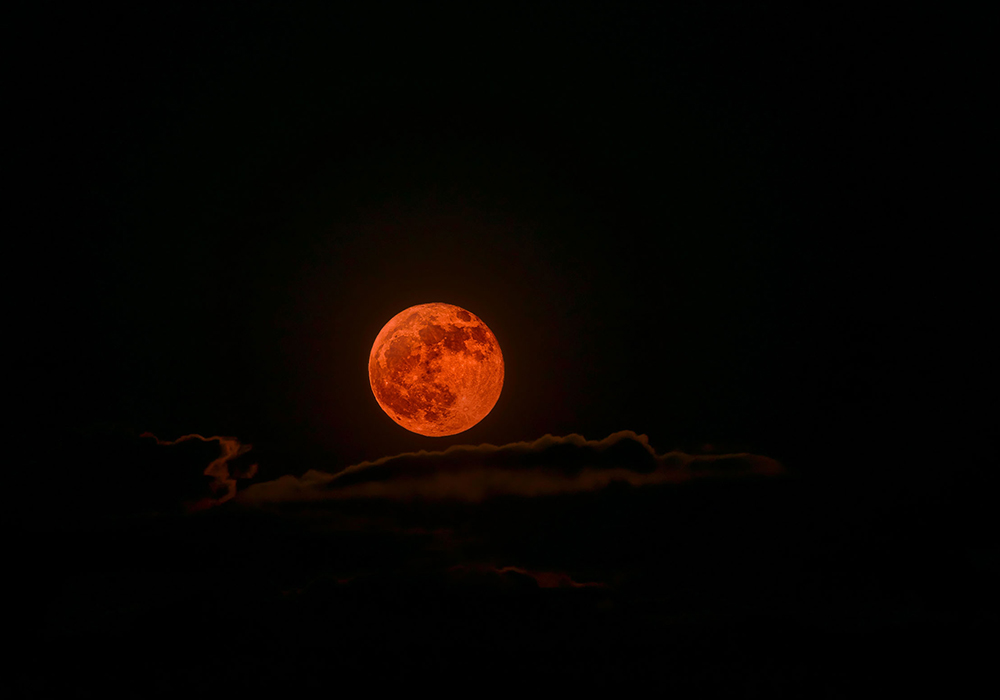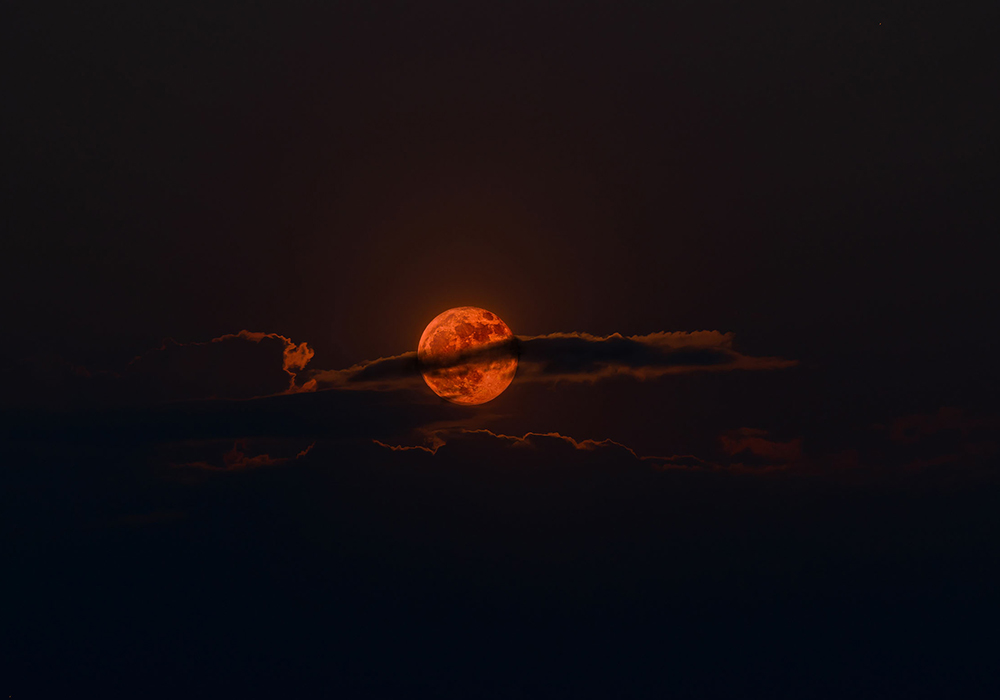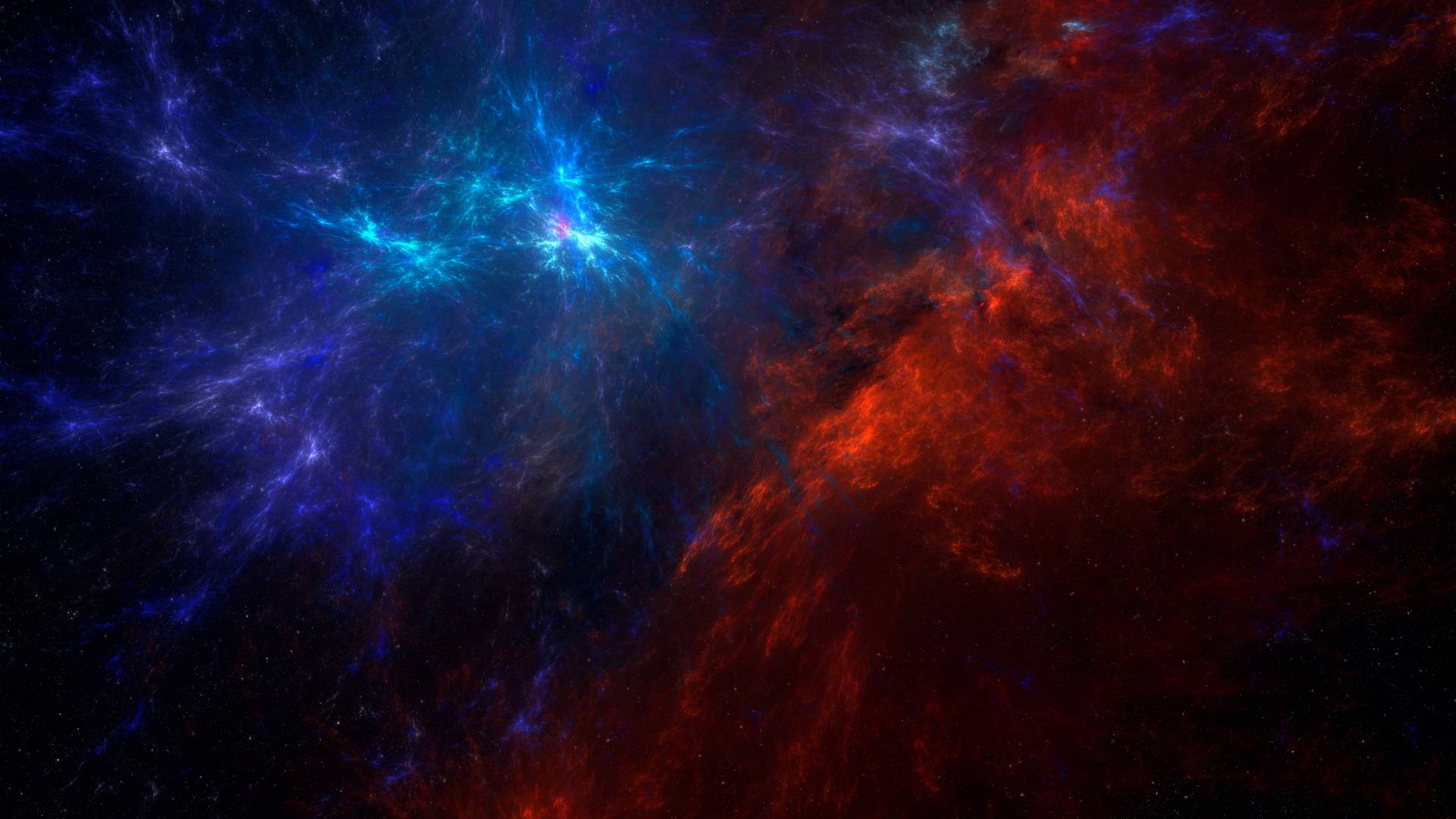The Meaning and Mystery Behind the Orange Moon
At Spaceyv, we explore the vast wonders of space and the beauty it presents here on Earth. One celestial phenomenon that captures attention is the stunning sight of an orange moon. But what does it mean when the moon turns orange, and what causes this captivating transformation?
What is an Orange Moon?
An orange moon occurs when Earth’s atmosphere plays a role in how we perceive the moon’s color. This usually happens when the moon is low in the sky, either during moonrise or moonset. The orange hue is caused by the scattering of light through the atmosphere—similar to the way we experience breathtaking red and orange sunsets. The thicker layer of the atmosphere scatters the shorter blue wavelengths of light, leaving the longer red and orange wavelengths to dominate the moon’s appearance.

Symbolic Meanings of the Orange Moon
Across different cultures and beliefs, the orange moon has been associated with various meanings:
- Harvest Moon: In ancient agricultural societies, the orange hue of the full moon in late summer or early fall signified the Harvest Moon. This was a time to gather crops, and the moon’s brightness allowed farmers to work late into the night.
- Change and Transition: The orange moon is often seen as a symbol of change, a transition from one phase of life to another. Its warm glow invites reflection, urging us to embrace transformation and personal growth.
- Mystery and Magic: There’s a mystical quality to an orange moon, and it has long been linked with folklore and superstitions. Some believe that an orange moon heralds a time of heightened intuition or even a window into the spiritual world.
You can Also Read :
When to See an Orange Moon
You’re more likely to witness an orange moon during certain atmospheric conditions, such as when there is dust, smoke, or pollution in the air. Wildfires or volcanic eruptions can also cause the moon to appear orange due to the particles in the atmosphere. Additionally, certain times of the year, like during a lunar eclipse or near the equinoxes, can provide a better chance of spotting this phenomenon.

The Orange Moon in Modern Culture
In modern times, the orange moon continues to inspire artists, musicians, and storytellers. The unique beauty of an orange-hued moon has been featured in songs, poetry, and art, often symbolizing passion, mystery, and change.
Why was the moon orange last night in New York?
The orange hue of the moon in New York last night was likely caused by smoke from wildfires burning in Central Canada. Smoke particles in the atmosphere scatter the moon’s light, causing the shorter blue wavelengths to scatter away and leaving the longer red and orange wavelengths, giving the moon its distinct orange glow.
The smoke from these wildfires has traveled across regions, affecting air quality and visibility, and creating dramatic, fiery sunsets and moonrises.
Also Read : what is man face in the moon ?
Is the moon yellow or white?
The moon can appear both yellow and white, depending on various factors like its position in the sky and atmospheric conditions.
- White Moon: When the moon is high in the sky, it usually appears white to us. This is because the moon’s light is traveling through less of Earth’s atmosphere, which scatters less of the light. The moon reflects sunlight, and since sunlight is perceived as white, the moon appears white when it’s overhead.
- Yellow Moon: When the moon is closer to the horizon, it often appears yellow or even orange. This is due to the fact that its light has to pass through more of Earth’s atmosphere at a low angle. The atmosphere scatters shorter blue wavelengths, leaving the longer yellow, orange, and red wavelengths to dominate, making the moon appear more colorful.
So, the moon can appear white when it’s high up, and yellow (or even orange/red) when it’s near the horizon due to the way light interacts with the atmosphere.
Is it bad if the moon is orange?
An orange moon is not inherently bad, but it can be a sign of certain environmental conditions. Here’s what it typically indicates:
- Atmospheric Conditions: An orange moon usually occurs when the moon is low on the horizon, and its light passes through a thicker layer of Earth’s atmosphere. This scatters the shorter blue wavelengths of light, leaving the longer red and orange wavelengths, making the moon appear orange. This is a natural and normal phenomenon, often seen during moonrise or moonset.
- Wildfires or Pollution: An orange moon can also be caused by particles in the atmosphere, such as smoke from wildfires, dust, or pollution. When the air is filled with these particles, they scatter light in a way that can give the moon an orange hue. In this case, the orange moon might indicate poor air quality, which could be a concern for health and the environment.
- Lunar Eclipse: During a total lunar eclipse, the moon can also take on an orange or reddish color. This is often referred to as a “blood moon” and is caused by Earth’s shadow covering the moon, with light being refracted through Earth’s atmosphere. This is a completely natural and safe event.
You can Also read : what is full moon ?
Orange moon spiritual meaning
The orange moon holds various spiritual meanings across different cultures and beliefs, often associated with transformation, energy, and mystery. Here are some common spiritual interpretations:
1. Transformation and Change
An orange moon is often seen as a symbol of transformation. Its warm, glowing appearance suggests a time of transition, whether in personal growth, life changes, or spiritual evolution. This could signify that you are on the brink of a new chapter in life, encouraging reflection and openness to change.
2. Harvest and Abundance
In many traditions, an orange moon—especially the Harvest Moon that appears in late summer or early fall—symbolizes abundance and the harvest season. Spiritually, this can represent reaping the rewards of your efforts, a time of prosperity, or the manifestation of your goals and intentions.
3. Heightened Intuition and Psychic Awareness
The unique color of the orange moon is often associated with heightened intuition and psychic awareness. It’s believed to be a time when spiritual energy is stronger, offering a window into deeper insights and connections with the spiritual world. For those attuned to mystical practices, this can be an ideal time for meditation, divination, or spiritual rituals.
4. Passion and Creativity
The orange moon is also connected to the sacral chakra, which governs creativity, passion, and emotional energy. Spiritually, an orange moon can be a sign to embrace your passions, express your creativity, and connect with your inner desires. It can also symbolize renewal in relationships, encouraging a deeper connection with loved ones.
5. Balance and Reflection
Spiritually, the orange moon can be a reminder to find balance in life, particularly between the physical and emotional aspects of existence. Its calming glow invites contemplation and reflection, encouraging you to align your actions with your spiritual path.
6. Protection and Guidance
In some spiritual traditions, the orange moon is seen as a protective force. It may symbolize a time of spiritual protection, guiding you through challenges and offering strength during difficult times. Its warm, nurturing light can be seen as a beacon of hope and reassurance.
Conclusion
The orange moon is a powerful symbol in spiritual practice, representing transformation, abundance, heightened intuition, and creativity. Its appearance in the sky serves as a reminder to connect with your inner self, embrace change, and tap into the spiritual energy around you.



